Imagine a bustling metropolis with 80,000 dedicated individuals working together and over 260,000 visitors passing through its gates every day. That’s Heathrow Airport, a complex ecosystem that thrives on data. For years, Heathrow has been a hub of activity, welcoming a staggering 80.9 million passengers in 2019 alone. This incredible volume, growing consistently for nine years, presents a significant challenge.
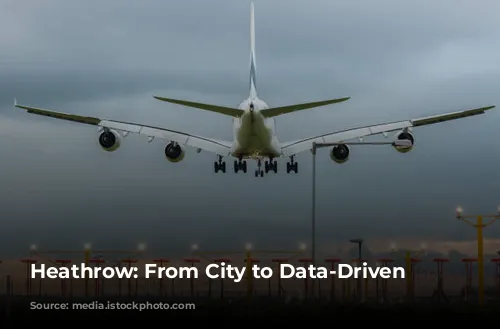
Unlocking the Potential: Data as the Key
Expanding infrastructure has traditionally been the solution to managing increasing passenger numbers. But Heathrow is taking a different approach – harnessing the power of data to unlock hidden potential within its existing infrastructure. This strategic shift is vital, especially considering the recent challenges faced by the aviation industry.

Navigating Uncertain Times with Data
Despite the current turbulence, Heathrow remains essential, transporting crucial medical supplies and facilitating the return of citizens. Even amidst these unpredictable times, data helps Heathrow make informed decisions and adapt to a dynamic environment.
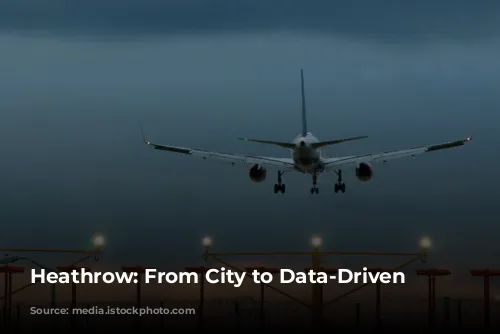
The Journey Begins: From Flight Schedules to Passenger Flow
The first step in this data-driven transformation is understanding the airport’s core operations – the flight schedule. Knowing which aircraft will operate, at what time and on which routes, is critical. However, this data alone isn’t enough to truly understand the passenger flow.

Predicting Passenger Behaviour for Efficient Operations
While we know when flights are scheduled, predicting the arrival times of individual passengers is a whole different ball game. A business traveler on a Tuesday afternoon may arrive later than a family travelling on a Saturday morning, even on the same flight. These seemingly small differences have a significant impact when scaled up to 100,000 passengers daily.
Heathrow employs various technologies to measure and monitor passenger flow. This data is used to create flow profiles, transforming a flight passenger forecast into a predicted flow at key points throughout the passenger journey.
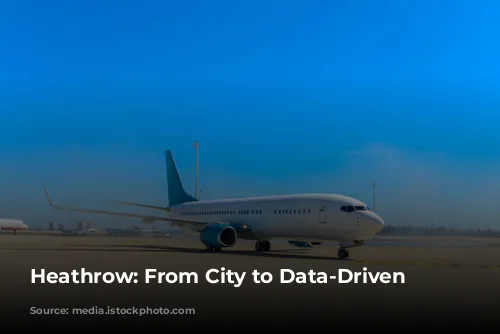
Unveiling the Nuances: Variables Affecting Passenger Flow
These flow profiles highlight the complexity of passenger movement. Factors such as ticket class, check-in preferences, and familiarity with airport procedures influence how quickly passengers navigate security checkpoints and other stages of their journey.
Moving data from legacy systems to the cloud allows Heathrow to analyze larger datasets, revealing the intricate details of these key variables and enabling more accurate predictions.

Collaborative Planning: A Holistic View of Demand
Effective resource planning is essential for efficient operations. This means aligning supply with demand to ensure optimal service delivery at a reasonable cost. However, resource planning often happens in isolation by third-party providers, with limited visibility of the bigger picture.
A cloud-based system facilitates a collaborative approach by sharing relevant data (with appropriate privacy considerations) to enable resource planning based on a holistic view of demand. Heathrow shares passenger and bag forecast data with its partners through an interactive dashboard called the Integrated Plan, promoting a collaborative approach.
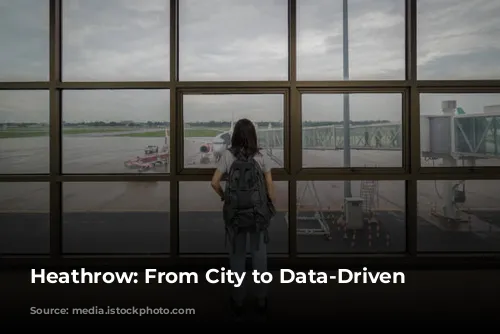
Transforming Processes: From Manual to Automated
Heathrow’s growing reliance on data has highlighted the inefficiencies of manual data management. Extracting data from various systems, manually formatting flight schedules and forecasts in spreadsheets, and inputting them into bespoke resource planning models is not sustainable.
These processes, prone to errors and bottlenecks, hinder continuous improvement and operational efficiency.
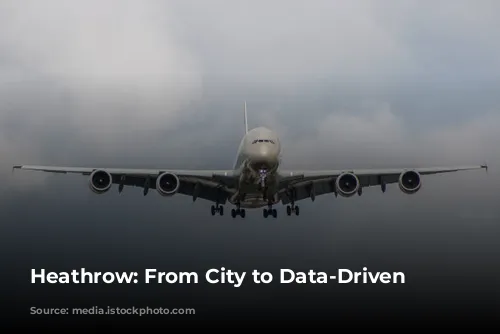
The Solution: A Data-Driven Approach to Planning
The solution lies in gathering accurate and detailed operational data, combining it with demand predictions, and leveraging a sophisticated planning tool to create achievable resource plans. This modern planning tool allows for dynamic adjustments based on real-time information, such as flight cancellations, schedule changes, and resource shortages.

Embracing the Cloud: A Platform for Growth
Heathrow recognized the need for a more efficient and flexible approach to planning. The combination of data management challenges and the need for process transformation provided the perfect opportunity to embrace the efficiency, scalability, and security of cloud computing.
Heathrow selected Microsoft Azure as its cloud environment and, after a competitive process, chose Copenhagen Optimization’s Better Airport® suite of tools to replace their existing planning software.
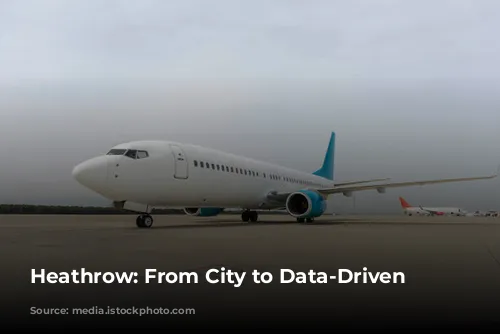
Partnering for Success: Collaboration and Innovation
The implementation of Better Airport® involved close collaboration with Copenhagen Optimization, ensuring that the new system aligns perfectly with Heathrow’s unique needs. The developers even rewrote significant parts of the code to enhance the product’s functionality and fit it seamlessly into the Heathrow operation.
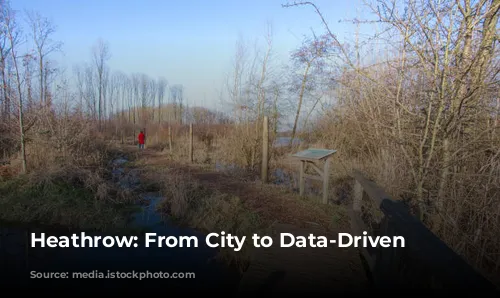
Adapting to Change: A Dynamic Airport
The assumption that airport layouts are static is outdated. Heathrow, with its ever-changing landscape of airlines, terminal reconfigurations, and the introduction of new technologies like self-service kiosks and e-gates, requires a dynamic planning approach.
Traditional planning tools, often built on the assumption of stability, are no longer sufficient.
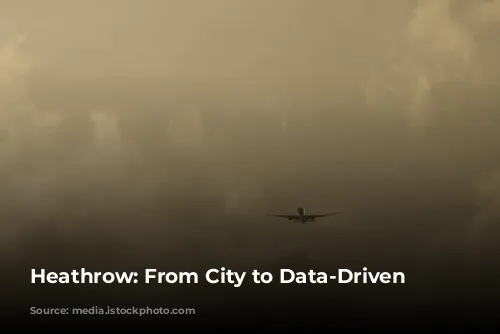
Cloud-Powered Planning: Adapting to a Changing Landscape
Moving data and planning processes to the cloud enables Heathrow’s planning to be as dynamic as the airport itself. This is particularly evident in Heathrow’s swift adaptation to the new requirements of social distancing.
Copenhagen Optimization’s solution, by factoring in queuing time and space, provides the flexibility needed to adapt to evolving operational needs.

Efficiency in Challenging Times
Even with reduced passenger volumes, Heathrow’s cloud-based data and tools are instrumental in driving operational efficiency. The ability to update plans in the cloud and access them directly in the planning tool eliminates the need for outdated printed copies and email correspondence.

A Future Driven by Data
Heathrow is only at the beginning of its transformation into a data-driven organization. With passionate individuals committed to unlocking the power of data, Heathrow is laying the foundation for a future where safety, service, and efficiency are paramount.
Nick Beresford, Head of Data and Analytics at Heathrow, is a driving force behind this transformation. His deep understanding of operational challenges and his dedication to innovation are guiding Heathrow towards a brighter future.
